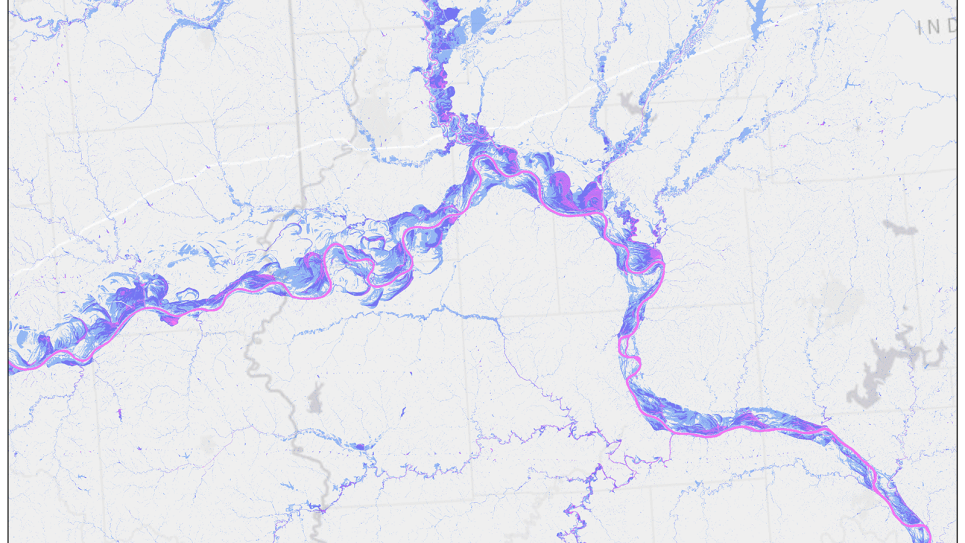
Frontiers in Planetary and Stellar Magnetism Through High-Performance Computing
This continuing INCITE project examines the interaction of convection, magnetism, and rotation within the context of three distinct solar-system bodies: the sun, Jupiter, and Earth. To address the limitations of present-day planetary and stellar dynamo models, a project research team of geo- and astrophysicists is developing state-of-the-art computational models to describe the interior dynamics of these systems, using Rayleigh, a pseudo-spectral code designed to study magnetohydrodynamic convection in spherical geometries. Using the extrapolative power of Mira, the team has been able to construct high-resolution models and resolve a range of spatial scales previously inaccessible to numerical simulation. These will be used to demonstrate that transformative physical changes occur in planetary and stellar simulations of dynamo action in fluids with realistic material properties. Currently, researchers are developing extreme models of rotating convection in the solar convection zone. The study has already shed light on factors that determine the typical velocity amplitudes and spectral distribution of solar convection, a major problem in solar physics. A survey of Jovian interior dynamics simulations will lead to a massive 2,0483 class calculation that greatly exceeds previous Jovian modeling efforts. The models will be used to make detailed predictions of magnetic field morphology, thermal emission, and gravity field anomalies that can be tested via data from NASA’s Juno mission to Jupiter. Researchers hope to engage the broader community by providing access to these singularly extreme data sets and, more broadly, to demonstrate the community-wide need for massive computational efforts to investigate the realistic, turbulent liquid-metal dynamo action that occurs in planets and stars.


